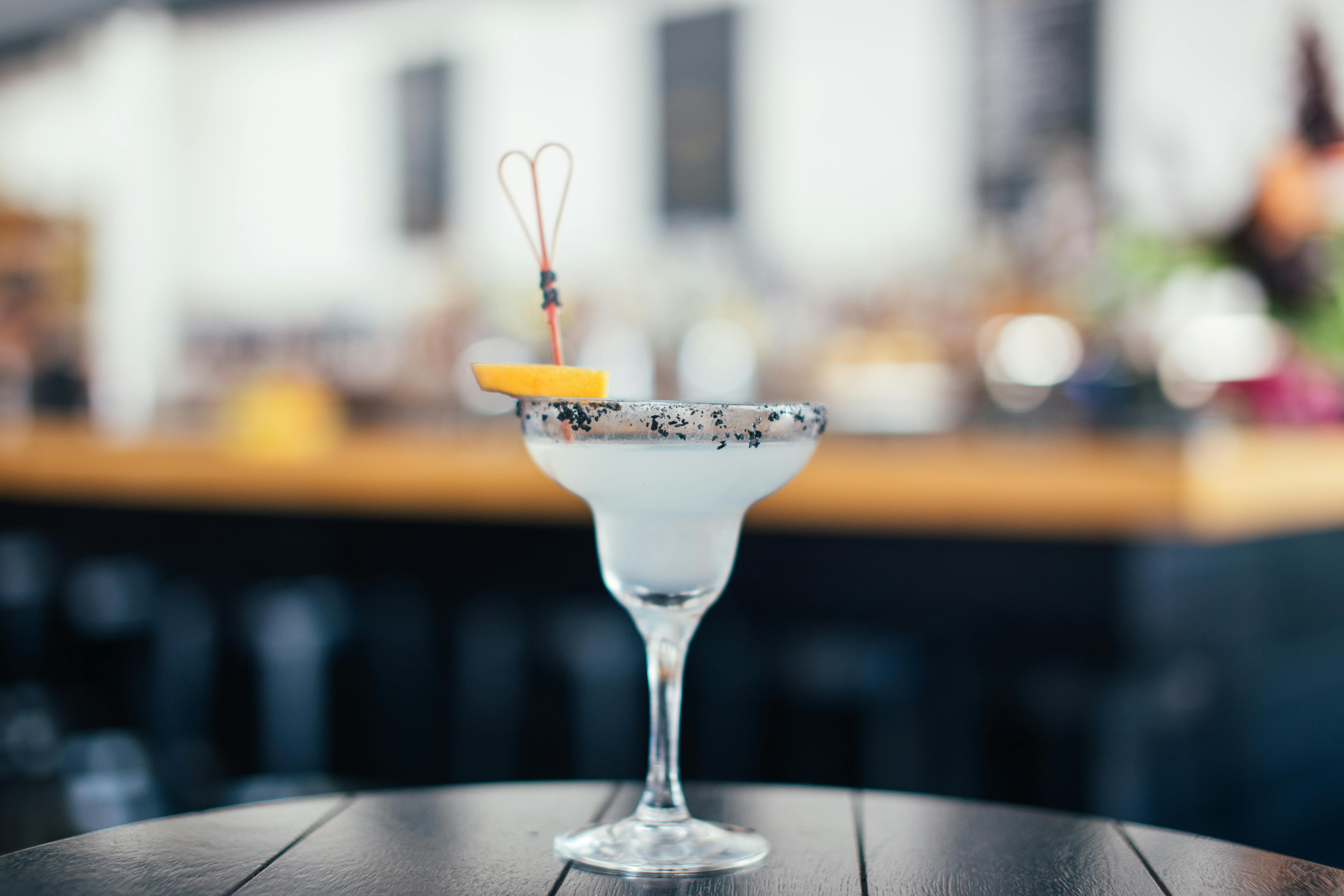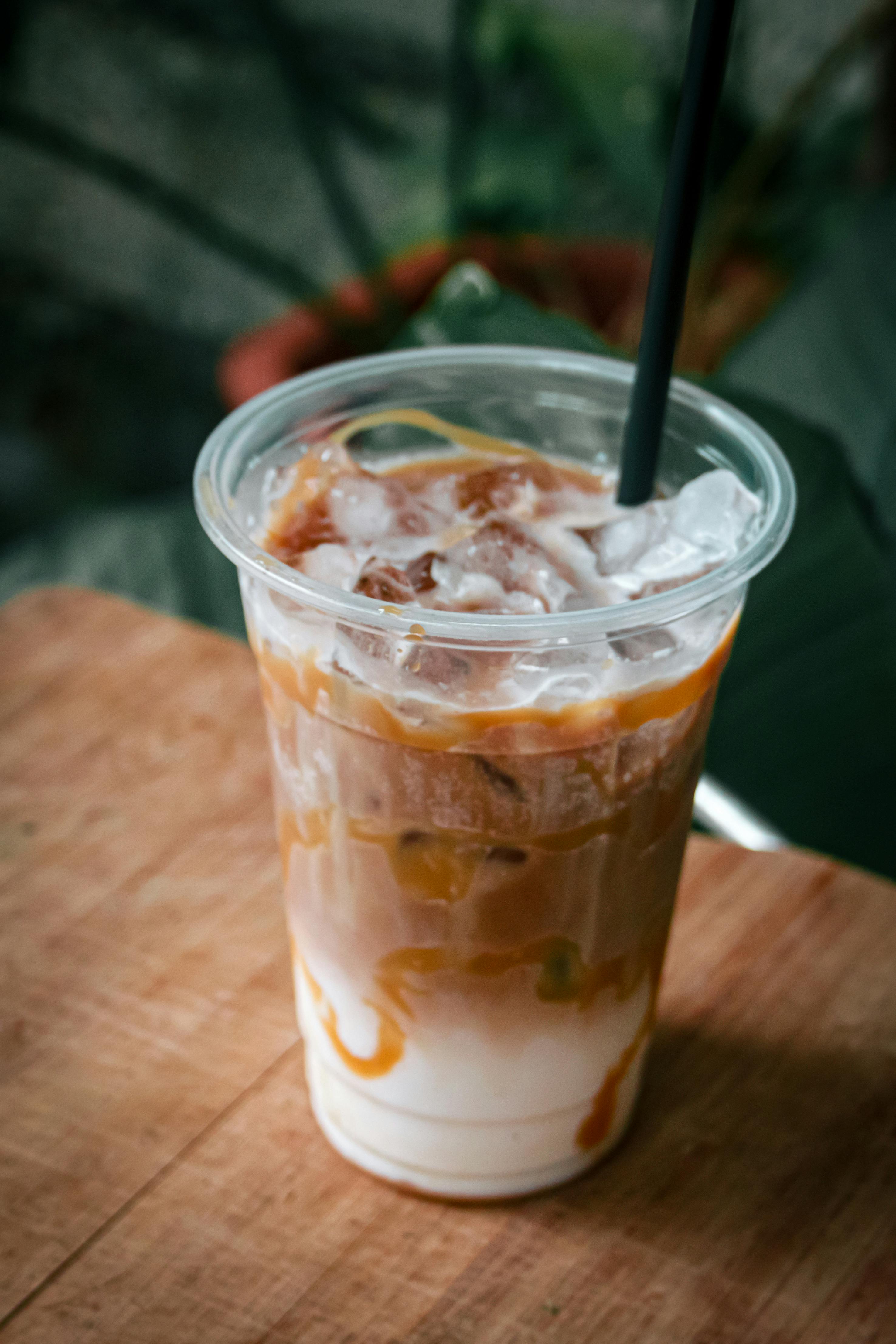Apply Now
How to Identify Bad Avocado: Essential Signs for 2025
Avocados are a popular choice for healthy eating, but knowing how to identify a bad avocado can save you from disappointment. Fresh avocados are rich in nutrients and versatile in recipes, but spoiled avocados can ruin your dish and potentially pose a health risk. This article is an essential guide for recognizing the signs of bad avocados, understanding the factors that affect avocado freshness, and choosing the right avocados at the store.
In this comprehensive overview, we will discuss the visual signs of spoilage such as discoloration, dark patches, and black spots on avocados. We will also address textural indicators, like softness and mushiness, which can often indicate an overripe or rotten avocado. By the end of this article, you will have a clear understanding of how to tell if an avocado is bad and what you can do to ensure you always pick the perfect avocado for your meals.
Recognizing Signs of Bad Avocados
Among the first steps in identifying bad avocados is knowing the signs of spoilage. It's common to encounter a range of characteristics when selecting avocados, and distinguishing between fresh and spoiled fruit can enhance your culinary experiences.
Visual Indicators of Spoilage
When inspecting an avocado, the first thing to consider is its appearance. Look for black spots on the skin, which can indicate underlying decay. Additionally, if you notice a mushy texture or areas of discoloration in avocado, it is often a sign that the avocado has gone bad. Fresh avocados should have a smooth, unblemished skin. Wrinkled or damaged skin can also indicate deterioration in quality.
Another aspect to examine is the color. A healthy avocado will typically have a vibrant green or dark green exterior, depending on the variety. If you notice considerable color changes, especially towards brown, it's a clue that you should avoid it.
Textural Clues to Identify Bad Avocados
The texture of an avocado is a critical indicator of its quality. A fresh avocado should give slightly when pressed but not feel overly soft or mushy. If you encounter soft spots in avocado, it is likely overripe or rotten. A mushy avocado, particularly if coupled with a foul smell, should be discarded immediately to avoid health risks.
Another telltale sign is the texture of the flesh inside. An avocado with brown flesh or dark patches is often unappetizing and unpleasant to eat. This can result from oxidation or spoilage, indicating that it is no longer fit for consumption.
The Smell Test: Sensing Spoiled Avocados
When checking for the quality of an avocado, don't overlook the role of smell. The aroma of fresh avocados is subtle and pleasant, but as spoilage sets in, the smell of rotten avocado becomes evident.
Identifying Foul Odors
A foul smell is one of the most significant indicators of a bad avocado. When cut, a ripe avocado should emit a mild, grassy scent, but a rotten avocado will give off an unpleasant odor. If the avocado has a notably sour or musty smell, it indicates bacterial growth and should be discarded immediately.
To ensure you are getting the freshest avocado, always check its scent. If buying avocados at the store, a batch with a strong, bad avocado smell can indicate that the entire basket may be approaching spoilage.
Common Bad Avocado Characteristics
When you're determining the quality of avocados, there are several common characteristics to look out for. Avoid avocados with bruises or those that feel excessively soft. These indicators are often associated with spoilage and a bad avocado taste that can ruin your recipes.
On the other hand, firm avocados that yield slightly when pressed should be prioritized. This ensures a good balance between ripeness and freshness.
Impact of Bad Avocados on Health
Consuming spoiled fruit can lead to various health issues, which makes identifying bad avocados crucial. Let’s delve into some of the health risks associated with spoiled avocados.
Health Risks of Consuming Bad Avocado
Eating spoiled avocados can introduce harmful bacteria into your system, leading to foodborne illnesses. Symptoms of consuming a bad avocado may include nausea, stomach pain, and diarrhea. Thus, safeguarding your health begins by recognizing and discarding avocados that show signs of spoilage.
Expert Advice on Avocado Storage
One way to prevent bad avocado occurrences is through proper storage. Avocados ripen after harvesting, so understanding the avocado ripening process is vital. Storing avocados at room temperature can encourage ripening, while refrigeration will slow the process down if they're already ripe. If you cut into an avocado and have leftovers, consider using plastic wrap to reduce oxidation, which can lead to browning.
Storing Avocados and Reducing Spoilage
To maximize the lifespan of your avocados, it’s important to adhere to certain storage practices that can reduce spoilage and maintain freshness.
Proper Avocado Preservation Methods
Store whole avocados at room temperature, away from sunlight, to allow them to ripen evenly. As soon as they reach the desired ripeness, move them to the refrigerator to slow the aging process. If you have a cut avocado, sprinkle some lemon juice on the exposed flesh to help prevent browning, and wrap it tightly in plastic.
Buying Ripe vs. Unripe Avocados
When selecting avocados, the decision between ripe and unripe largely depends on your immediate needs. If you need avocados for a recipe within the week, select ripe ones. For longer-term storage, unripe selections can be placed in a paper bag to expedite the ripening process.
Q&A Section: Common Questions About Bad Avocados
How can I tell if an avocado is bad?
Identifying bad avocado involves checking for visual signs like dark spots or bruises, as well as testing the texture. If it feels overly soft or has a foul smell, it’s best to discard it.
What are the main health risks of a bad avocado?
Bad avocados can lead to the consumption of harmful bacteria, resulting in foodborne illnesses such as nausea and stomach discomfort. Always check for spoilage before consuming.
What’s the best way to store cut avocados?
Wrap cut avocados in plastic wrap and refrigerate to reduce oxidation. Adding citrus juice can also help slow browning.
What should I do with a bad avocado?
If you discover a bad avocado, it’s safest to dispose of it. Do not attempt to eat any portion that looks spoiled, as this could pose health risks.
How can I avoid buying bad avocados at the store?
When buying avocados, look for smooth skin without signs of damage. Check for firmness while ensuring they aren’t excessively soft. If possible, opt for avocados that are stored in a cooler section rather than on a sunlit display.




